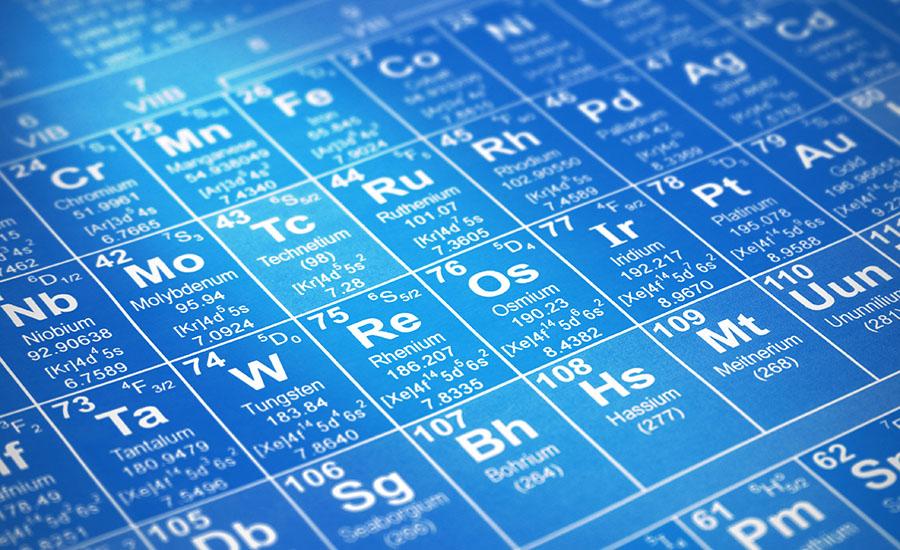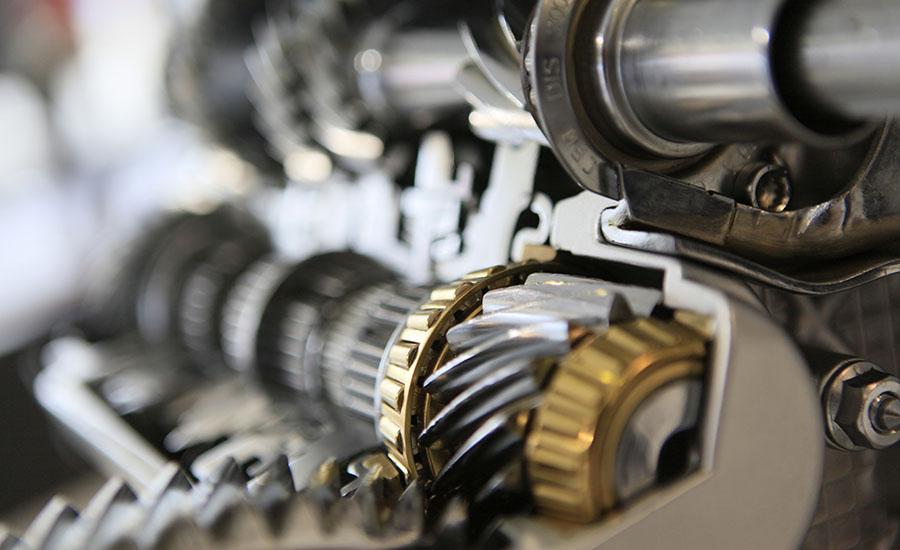
Fission and Fusion
by Laura Winder
This lesson plan includes activities for a full unit on Fission and Fusion, which are included in our state science standards. Students will create models of fusion and fission using a free online text as a reference. A rubric for the project is included. Students will watch a video and take notes on the benefits and drawbacks of nuclear power generation. They will finally use the the notes they have taken to participate in a debate in the format of a Socratic seminar to demonstrate their knowledge of the costs and benefits of nuclear power generation.
Lesson Plan Link/URL
https://docs.google.com/presentation/d/1beWN396gosiEbbwQz1LoqB0WdEU0Ewad/edit?u…Subject Area
Science Physical Science P1: Matter P4: Energy Transfer Technology 2. Digital Citizen 3. Knowledge Constructor 4. Innovative Designer 6. Creative Communicator Engineering S1: Engineering & Global Society S4: Apply Science to Engineering English Language Arts (ELA) Reading (Informational Text) Writing Speaking & ListeningRelated Content

Grades:
10th Grade, 11th Grade, 12th Grade
This is part 2 of a two-part series. This lesson looks deeper into early electronic encryption tools and how they relate to cryptography today. The tools discussed are: Hebern Rotor Machine, Enigma

Grades:
10th Grade, 11th Grade, 12th Grade
This lesson includes a slide show and FITB notes page introducing Urbanization in a HS Environmental Science class. Benefits and drawbacks of urbanization are discussed, with a documentary about

Grades:
6th Grade
In this lesson students apply their Medieval Times knowledge and energy transfer to create a knight that will compete in a jousting tournament using spheros. The students will use a solo cup as the